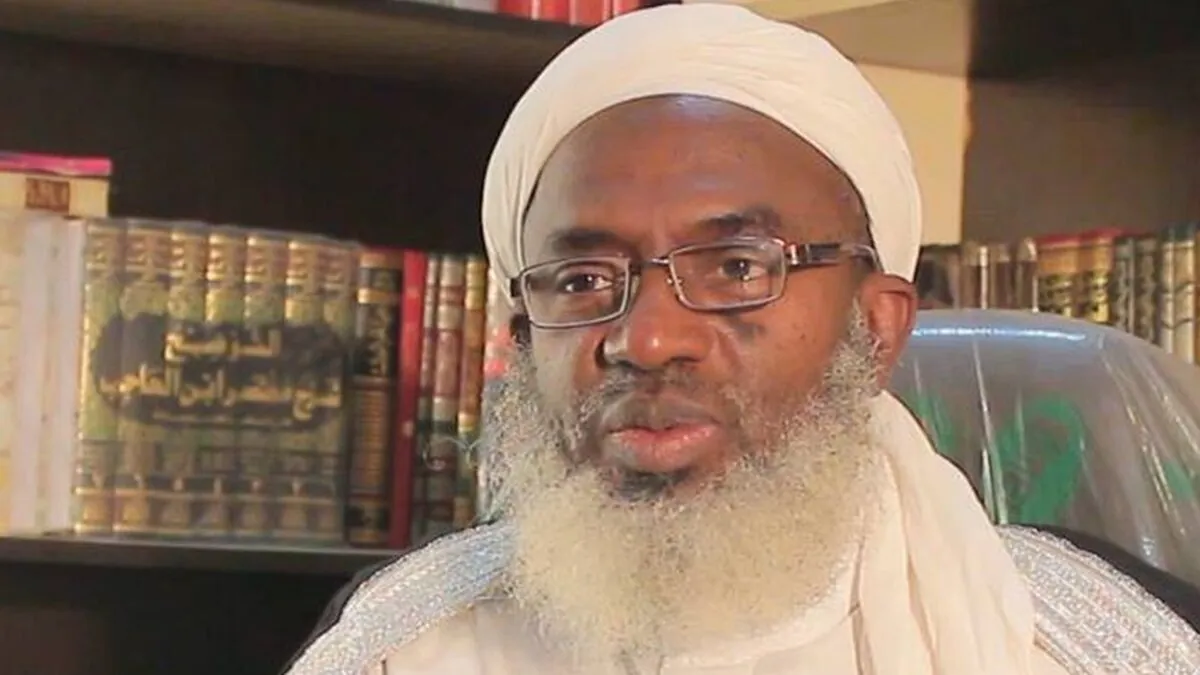Copyright Simple Flying

If you've ever looked up at the sky and seen an airliner flying overhead, you may have noticed white trails behind it. Contrary to the popular urban myth, these are not chemical agents or chemtrails, but, rather, an effect known as contrails. These only appear at high altitudes in specific atmospheric conditions, but they can appear with any jet-powered transport aircraft, and are one of the most visually distinctive aerodynamic effects that you'll see. While contrails don't contain any insidious chemical agents and they're not necessarily dangerous on their own, they are a visual representation of the pollution caused by air travel. As such, not only are they under fire from conspiracy theorists, but also climate activists who seek to address the environmental impact of commercial aviation. In this article, we will explore why airliners produce contrails, the environmental impact, and various other aerodynamic effects produced by airliners. What Causes Airliners To Produce Contrails? Commercial airliners fly at high altitudes as the air is far thinner, greatly reducing drag and thereby reducing fuel burn. Additionally, flying at higher altitudes also allows aircraft to avoid most storms and mountains, which increases safety as well as the comfort of the ride. Today, it's common for planes to cruise between 30,000 feet and 43,000 feet. Exact altitudes are assigned based on traffic levels, aircraft weight, as well as forecasted weather conditions. Primarily, jet engine exhaust is made up of carbon dioxide and water vapor, with a lower percentage coming from chemical byproducts. When the humid exhaust comes into contact with the thin, cold air at altitude, it raises the relative humidity of the air, essentially creating a miniature cloud. The time needed for the air to cool is what results in the long trails that you see behind the aircraft. While they usually form at high altitudes, they can also be seen at slightly lower altitudes depending on atmospheric conditions. Contrails vary in size, shape, and dissipation time, but they can grow to be several miles wide and can cover thousands of square feet in high-humidity environments. Winds can also spread them out, and they can last for several hours, growing to a size that resembles natural cirrus clouds. Of course, it's more common for contrails to be short-lived, with the tail-end of the contrail following the aircraft as its length remains constant. This typically occurs in dry, warmer air. The Environmental Impact Of Contrails As fossil fuel-burning machines, aircraft can't help but emit pollution. These contrails serve as a visual representation of the fumes produced by jet engines, and while chemical impurities make up a smaller percentage of an aircraft's exhaust, they are still present as a pollutant. These can also serve as cloud condensation nuclei for water droplets to grow in the engine exhaust, thereby stimulating the formation of contrails. However, the contrails themselves are also an issue. It is believed that the production of contrails is one of, if not the biggest, contributions to climate change from the aviation industry, as they trap radiation emitted from the Earth while reflecting incoming solar radiation. In essence, it traps heat in the atmosphere and creates a blanket effect on the planet, thereby contributing to the global rise in temperatures. These are essentially human-made clouds, and as such, their impact on the environment is similar. It's believed that the creation of contrails has a similar or greater impact on the environment than the aviation industry's carbon dioxide emissions. The effect of contrails is especially noticeable at night, when there is little to no sunlight for the contrails to reflect, as well as during the winter months in moist atmospheric conditions. In general, a minority of flights contribute to a larger percentage of contrail effects. What's Being Done About Contrails? Impurities in fuel, such as soot, act as a platform for contrails to form, thereby creating more contrails. As such, using Sustainable Aviation Fuel would reduce the generation of contrails. Additionally, newer jet engines that are more efficient and more environmentally friendly can produce smaller contrails, although using SAF is far more impactful. United Airlines and Japan Airlines are increasing the number of flights that use a blend of SAF and standard jet fuel, and Virgin Atlantic operated the world's first flight with 100% SAF in 2023. Additionally, innovations in new aircraft propulsion methods would greatly change the effects of contrail production. In particular, hydrogen-powered airliners would produce far more water vapor, but zero soot, a key platform for contrails. The result is that contrails would likely still form, but in different environments and in a greater form. Of course, hydrogen propulsion technology is not yet developed enough to be ready for commercial aviation, and the effects of contrails from theoretical hydrogen airliners are also not fully understood. In general, the effects of contrails on climate change are not yet fully understood. While it is believed that contrails may be the biggest contributor to global warming from aviation, the industry as a whole only contributes between 2% and 3% of global emissions. Furthermore, studies on contrails are ongoing in order to fully grasp the impact on the environment, as they essentially act as human-made clouds, and ultimately do not cover a significant portion of the Earth's surface. Aircraft Manufacturers Have Devised Various Sustainability Initiatives While environmental scientists continue to perform research on the full effects of contrails on global warming, measures are being taken to avoid these effects now. A push is being made to adjust flight paths by a small amount to avoid areas of the atmosphere in which contrails are more likely to form. Practically, this could be implemented using atmosphere-mapping software, which could be provided to pilots and air traffic controllers who could then make real-time adjustments. Airbus is working with scientists and industry partners to study new technologies to better understand the effects of contrails and to eliminate them. The Blue Condor project, part of Airbus's larger ZEROe project, uses a modified glider equipped with a hydrogen-powered engine to study the differences between contrails produced by hydrogen engines with those produced by a conventional motor, equipped on a second glider. The test flights first began in 2023. Additionally, Airbus is studying new technological developments like humidity sensors to aid aircraft in avoiding weather conditions favorable to contrail production, while also performing research into new fuel compositions for the Airbus A350 and Airbus A220. Of course, Airbus emphasizes that these and similar projects are still in their infancy, but also states that it's the responsibility of the company and the aviation industry as a whole to further research this phenomenon. Other Visual Phenomena In Aviation During departures, you'll occasionally see white clouds forming on an aircraft's wings and inside its engines. Once again, this is due to the presence of water vapor, but unlike contrails, this is not produced by the aircraft's engine exhaust. Rather, this is purely an aerodynamic effect that has no negative impact on the environment. These can only be seen in specific weather conditions, and they are formed due to the aerodynamics of how aircraft fly. The shape of an airliner's wing forces air on top of the wing to move faster than the air below. This creates an area of low pressure above the wing while a high-pressure area remains underneath the wing, which lifts the aircraft up. The area of low pressure creates condensation, which can be seen visually in high-humidity environments. A similar effect can be observed with wingtip vortices. The areas at the end of the wings create additional areas of low pressure, creating condensation. This can be seen in high-humidity conditions, although this is less common today as most airliners feature winglets or raked wingtips that reduce the strength of wingtip vortices. Additionally, this phenomenon can be witnessed inside a turbofan engine intake, in which the rapid intake of air during takeoff creates an area of low pressure. The Bottom Line Contrails do not contain chemical or biological weapons and are not being sprayed over populations for nefarious purposes. Instead, they occur as a result of the interaction between an aircraft's engine exhaust and the air at high altitudes. However, while the myth that contrails are secret weapons has no merit and has been debunked, contrails do appear to have a negative effect on the environment. The extent to which contrails contribute to climate change is unclear, and studies are ongoing to better understand these effects and how to counter them. Advances in fuel and propulsion promise to reduce these impacts, but many of these projects are still in their early stages. Even technology such as SAF, which is more developed, has not yet become widespread. Still, with pushes to make aviation more eco-friendly, it is sure that, sooner or later, these familiar clouds will slowly disappear from the skies, perhaps for good.



